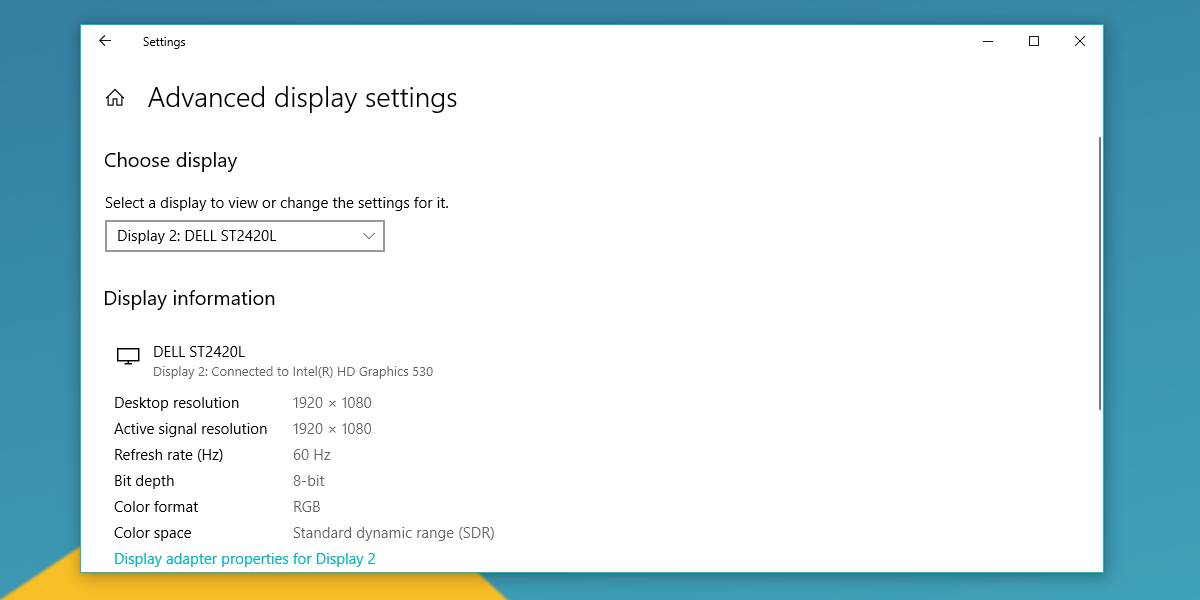
- #Find monitor serial number remotely software
- #Find monitor serial number remotely mac
- #Find monitor serial number remotely windows
In the Properties column, you can get more information about a service, for example, the description. You can see the State of the service (running, stopped) and the start type ( Startup Type automatic, manual, or disabled).
#Find monitor serial number remotely windows
Shows the available Windows services on the device. Shows the user accounts that are connected to the device and their Domain.
#Find monitor serial number remotely software
The System Information scan for software on the probe device uses the credentials of the probe system and ignores credentials that you specified on the Settings tab.

PRTG uses Uninstall registry keys to retrieve the list of installed software, so the displayed software might differ from the software that the target Windows system shows under Programs and Features. In the Properties column, you get more information about the software, for example, the size. Shows the installed software and the Version number of the device. In the Properties column, you get more information about the hardware, for example, the description. You can see the Class and the Caption of a hardware device. Shows hardware that is connected to the device like disk drives, CD/DVD, video controllers, processors, network adapters, sound devices, printers, and memory.
#Find monitor serial number remotely mac
Shows system data of the device like the BIOS serial number, IP addresses, MAC addresses, and the Windows version. We cannot guarantee that the data displayed in PRTG fully corresponds to the device parameters. System information for your devices is only for informational purposes. If PRTG cannot retrieve some data, for example, because of a misconfiguration, the respective System Information table shows an error message.įor more information, see the Knowledge Base: How can PRTG get data for System Information tables? The first data usually comes in after a few minutes. For example, if you do not enable SNMP on the target device, you get less information for the System table. It is not necessary to meet every single prerequisite but then some tables do not show all data or they can even remain empty. PRTG automatically uses the SNMP Compatibility Options as defined in the device settings or as inherited from a parent object like the root group.įor more information, see section Monitoring via SNMP and the Knowledge Base: My SNMP sensors don’t work. What can I do?Įnable SNMP on the target system. In particular, configure the firewall of the target system to allow WMI.įor more information, see section Monitoring via WMI and the Knowledge Base: My WMI sensors don't work. Įnable WMI on both the probe system and the target system. Remote Procedure Call (RPC) Windows serviceĮnable the RPC Windows service on the target computer, for example, via services.msc, and set the Startup Type to Automatic. Įnable the Remote Registry service on the target computer, for example, via services.msc, and set the Startup Type to Automatic. Specify valid credentials for Windows systems and for SNMP devices in the device settings. Meet the following prerequisites if you do not yet use WMI or SNMP sensors: Consider this when you monitor devices that are outside of your local network, especially when you use SNMP v1 or SNMP v2c, which do not provide encryption. To retrieve the data, PRTG automatically uses the credentials for Windows systems and the credentials for SNMP devices that you entered in the device settings or that the device inherits from a parent object like the root group. The System Information feature is enabled by default. To retrieve all available system information, enable both WMI and SNMP on the device. PRTG automatically displays the data on the respective device's System Information tab. You already meet the main prerequisites for retrieving system information if you already monitor a device with sensors that use Windows Management Instrumentation (WMI) or the Simple Network Management Protocol (SNMP).

You can use this feature on remote probes. You cannot use this feature on the hosted probe of a PRTG Hosted Monitor instance. You can also retrieve system information from devices that run with Linux or Unix, and from all other devices that have the Simple Network Management Protocol (SNMP) enabled. System information is available for all devices that run with an officially supported Windows operating system.


System Information Tab on a Windows Device


 0 kommentar(er)
0 kommentar(er)
